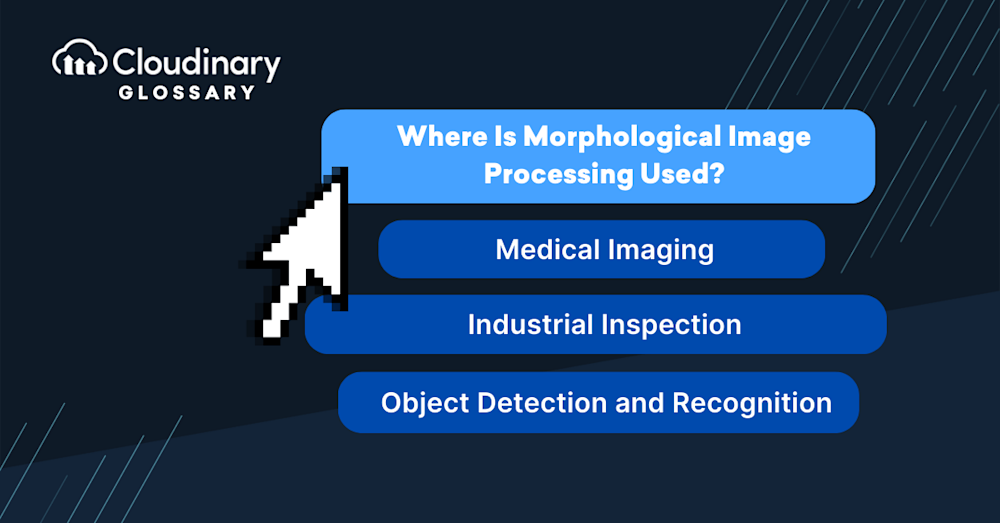What Is Morphological Image Processing?
Morphological Image Processing involves analyzing and manipulating images based on their shape and structure. This specialized method utilizes a set of operations, including dilation, erosion, opening, closing, and more, to extract meaningful information, refine shapes, and enhance structural characteristics within digital images. By examining the geometrical attributes and spatial relationships of objects within an image, Morphological Image Processing plays a pivotal role in pattern recognition, image segmentation, and feature extraction.
Where Is Morphological Image Processing Used?
Morphological Image Processing finds extensive applications across various domains, including but not limited to:
- Medical Imaging – In medical diagnostics, Morphological Image Processing facilitates the extraction of anatomical structures and the delineation of abnormalities within medical images, aiding healthcare professionals in accurately analyzing and interpreting diagnostic imagery.
- Industrial Inspection – In industrial settings, Morphological Image Processing contributes to quality control and defect identification by analyzing components’ and products’ contours and spatial characteristics, ensuring precision and adherence to quality standards.
- Object Detection and Recognition – In computer vision and autonomous systems, Morphological Image Processing plays a crucial role in detecting and recognizing objects based on their shapes and structural attributes, contributing to the advancement of innovative technologies such as self-driving vehicles and robotics.\
Benefits of Morphological Image Processing
The adoption of Morphological Image Processing offers a spectrum of compelling benefits, including:
- Enhanced Structural Analysis – By delineating and refining shapes within images, Morphological Image Processing enables precise structural analysis, leading to accurate object recognition, segmentation, and feature extraction.
- Noise Reduction and Image Enhancement – Morphological Image Processing effectively reduces noise and enhances image quality through operations such as erosion and dilation, allowing for clearer visualization and interpretation of visual data.
- Improved Pattern Recognition – Extracting meaningful structural features from images enhances pattern recognition capabilities, paving the way for advanced applications in biometrics, document analysis, and more.
Final Thoughts
Embrace the power of your images with Cloudinary’s cutting-edge features. These enable you to unlock the full potential of digital images and deliver captivating visual experiences across diverse platforms. Experience the transformative impact of Cloudinary, optimizing your visual content and embracing the future of digital imaging.
Take your digital experience to the next level with Cloudinary’s powerful media optimization tools. Sign up for free today!
Additional Resources You May Find Useful:





